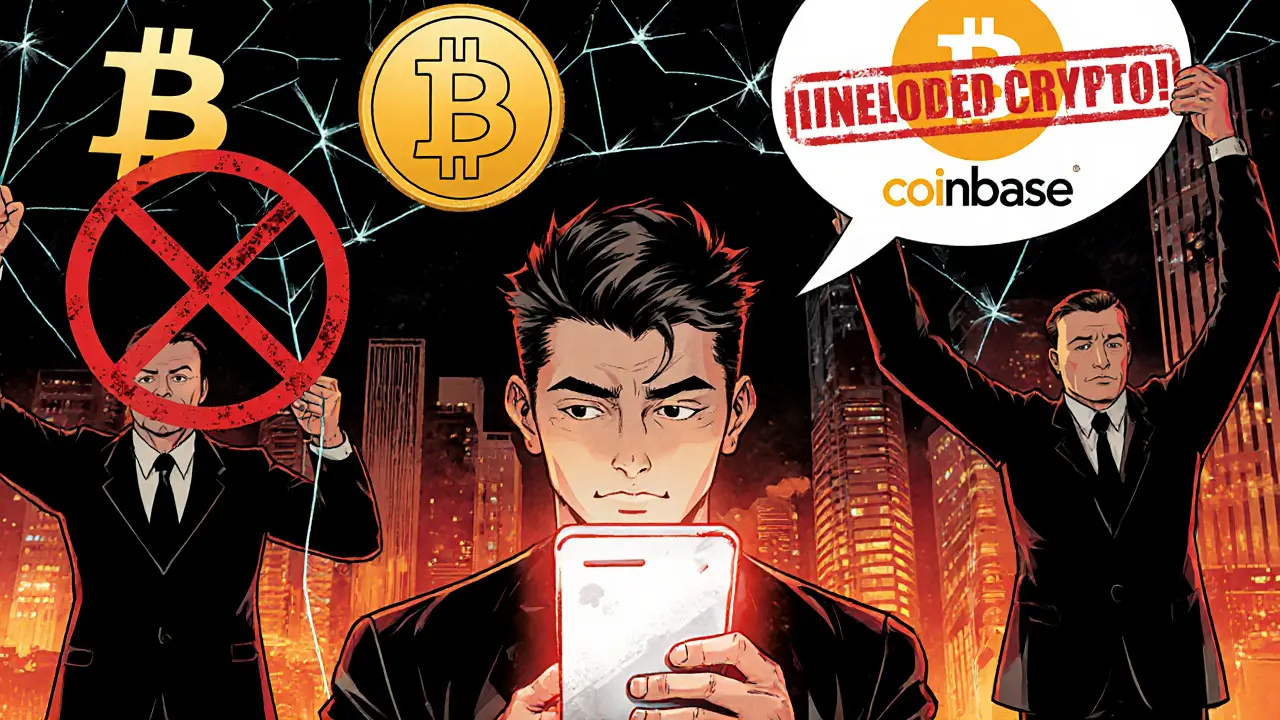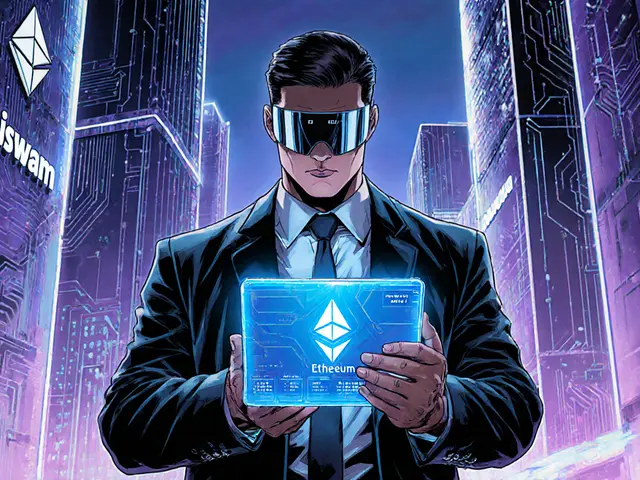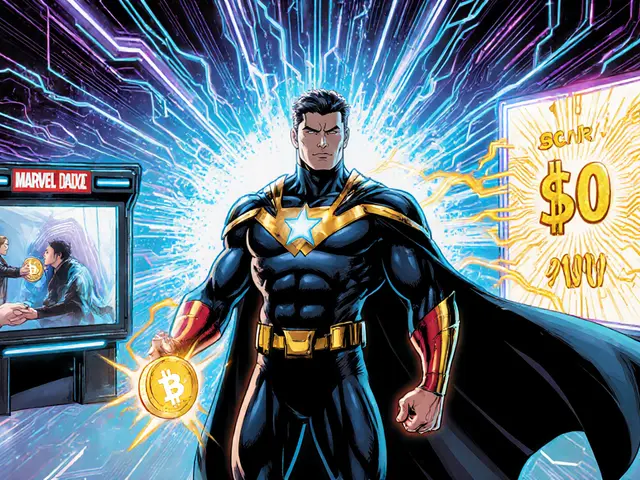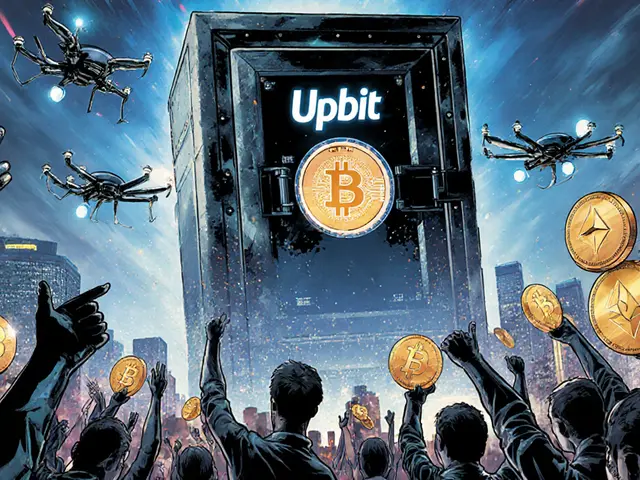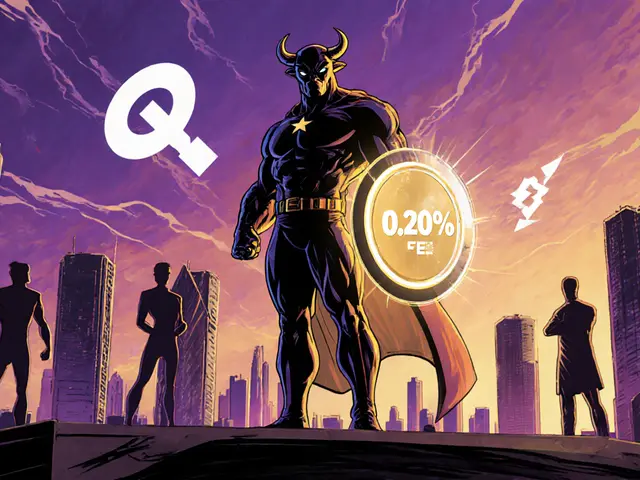Bakong Blockchain: What It Is and How It's Changing Payments in Cambodia
When you think of blockchain, you might picture Bitcoin or Ethereum—but Bakong blockchain, a state-run digital payment system developed by Cambodia’s central bank. Also known as the digital riel system, it’s not about speculation. It’s about making cashless payments possible for millions who never had a bank account. Launched in 2020 by the National Bank of Cambodia, Bakong isn’t a cryptocurrency. It’s a central bank digital currency (CBDC), a digital version of the national currency issued and controlled by the government. Unlike private blockchains, Bakong runs on a permissioned network where only approved financial institutions can validate transactions. This gives the government full oversight while still using blockchain’s security and speed.
Bakong connects banks, microfinance institutions, and mobile wallets into one system. You don’t need a bank account to use it. If you have a phone and a registered mobile wallet—like ABA Mobile, Pi Pay, or Wing—you can send money instantly to anyone else on Bakong, even if they use a different provider. Fees? Almost zero. Settlements? Real-time. This is huge in a country where over 70% of adults were unbanked just a decade ago. Now, farmers in rural provinces can get paid directly by buyers, shopkeepers can avoid carrying cash, and families can send money home without paying 10% in fees to middlemen.
What makes Bakong different from apps like PayPal or Venmo? It’s backed by the central bank. Every digital riel on Bakong is as real as a paper bill. There’s no risk of a private company going bankrupt or freezing your account. The system also tracks every transaction, which helps fight money laundering and tax evasion—without sacrificing privacy for everyday users. And because it’s built on a blockchain-like ledger, tampering is nearly impossible.
Other countries are watching. Vietnam, Laos, and Indonesia have sent delegations to study Bakong. But Cambodia didn’t just copy a model—it built something tailored to its needs: low tech, high reach, and simple enough for someone who’s never used a smartphone before. The Bakong app has no fancy charts or trading tools. Just send, receive, pay bills, and check your balance.
Below, you’ll find real-world analyses of how Bakong fits into global digital currency trends, what it means for financial inclusion, and how it compares to other CBDCs like China’s digital yuan or Nigeria’s eNaira. Some posts dig into the tech. Others show how villagers are using it. All of them cut through the hype and show you what’s actually happening on the ground.
Cambodia's strict banking rules on crypto transactions block most digital asset activity, allowing only licensed stablecoin services under heavy oversight. Learn how the ban affects users, businesses, and financial inclusion in 2025.
READ MORE

